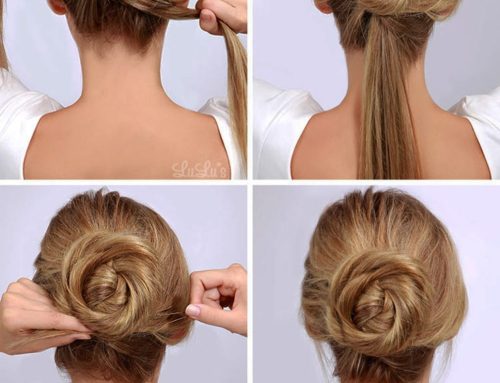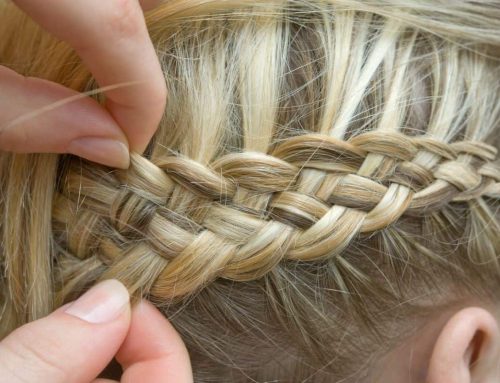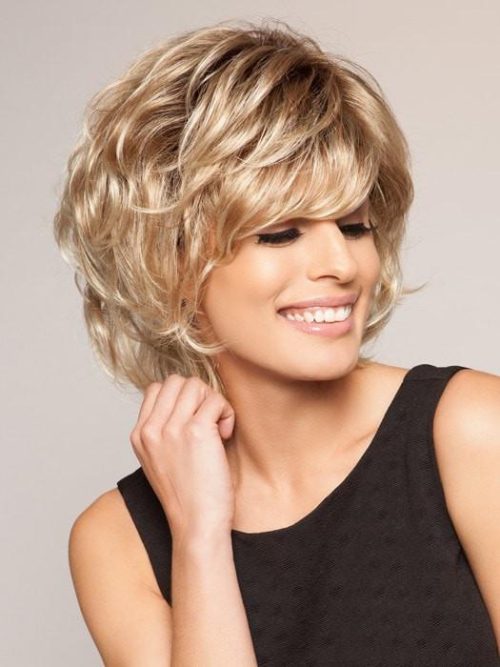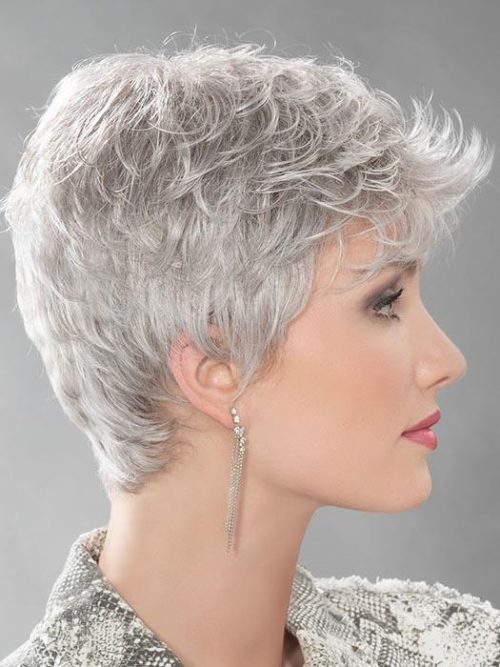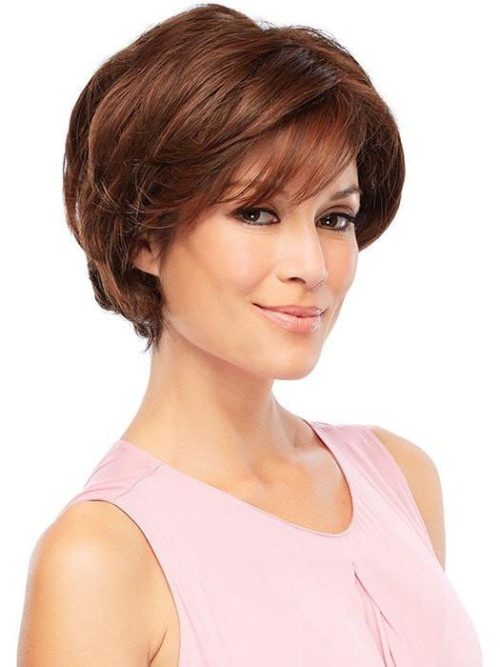The Monster’s Mane: Tracing the Evolution of the Frankenstein Wig
Hello, horror fans and history buffs alike! Today, we’re going to unravel the tangled story of one of horror cinema’s most iconic pieces—the Frankenstein wig. This isn’t just about hair; it’s about how a character’s look can become as legendary as the character itself. So, grab your lab coats, and let’s dig into the electrifying tale of Frankenstein’s monstrous mane!

Historical Overview of Frankenstein in Media
The first Frankenstein’s monster lumbered into the public mind in Mary Shelley’s novel. But, it didn’t take long for this creature to stomp onto the silver screen. Over the decades, Frankenstein has been reimagined many times.
Boris Karloff’s 1931 portrayal cemented the flat-top look. Later films had more disheveled and complex appearances, like Kenneth Branagh’s 1994 adaptation. Each version of the monster offers a new twist on the classic wig, adapting the creature’s hair to fit the era’s visual and stylistic expectations.

The Role of the Wig in Crafting the Monster’s Image
Why focus so much on a wig? Because Frankenstein’s wig is no ordinary hairdo. It’s as crucial as his bolted neck in creating an unforgettable monster.
The typical portrayal has a squared-off top. It is often black or dark green. It mimics the look of a roughly stitched-together being. This wig isn’t just for show; it symbolizes the monster’s unnatural assembly and the dark, Gothic roots of his story.

Iconic Frankenstein Wig Descriptions
Let’s talk specifics. Boris Karloff’s monster, with its flat, broad forehead and widow’s peak, gave us a wig that screams “Frankenstein.” Skip ahead to Robert De Niro’s portrayal. You’ll find a more messy, untidy look. It shows the creature’s rugged life and emotional pain.
Each wig tells its own story, adding layers to the monster’s character.
Cultural Impact of the Frankenstein Wig
Frankenstein’s wig does more than sit atop his head; it permeates our culture, especially during Halloween.
The monster’s iconic look has inspired countless costumes, proving that sometimes, hair can be just as scary as fangs or claws. It’s a testament to the power of visual storytelling and how a well-crafted wig can be as iconic as the film itself.
DIY Frankenstein Wig Creation
Thinking of creating your own monster look for a play or costume party? Here’s a fun fact: you can make a Frankenstein wig with basic materials.
You just need a swim cap, black yarn, and a bit of styling gel. It’s a great way to bring a piece of movie history to life and a fantastic project to do with friends or family.
Interviews with Makeup Artists and Costume Designers
To get the real scoop on what goes into making such a memorable wig, I talked to a few talented folks behind the scenes.
Makeup artist Alex R. shared, “The key to a great Frankenstein wig is not just the shape but the texture. It has to look like it could stand up to a lightning storm!” These insights reveal the creativity and challenge.
They show the effort to bring Frankenstein’s monster to life, from sketch to screen.
From the dark corners of Mary Shelley’s mind to the bright lights of Hollywood, Frankenstein’s wig has had a hair-raising journey. It’s more than just costume; it’s a cultural icon that has stood the test of time.
You might be watching a classic film, dressing up for Halloween, or studying cinematic history. The monster’s wig is a symbol of horror and creativity.
